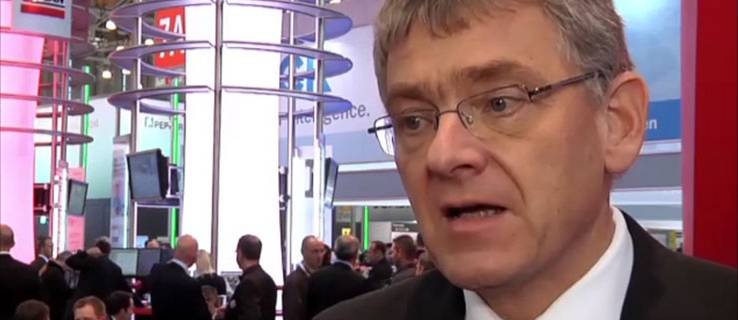Status quo on functional engineering
Engineering is currently undergoing a massive change. Maximilian Brandl, CEO of the EPLAN board, describes the actual situation in companies in an interview with Meinrad Happacher, Computer&AUTOMATION.
Engineering is currently undergoing a massive change: Companies no longer take a sequential approach to the design process of mechanics, electrics and software, instead they are developed in parallel, at least in theory. Maximilian Brandl, CEO of the EPLAN board, describes the actual situation in companies in an interview with Meinrad Happacher, Computer&AUTOMATION. Mr Brandl, is there an absolute need for a move from a sequential approach towards a parallel one in design and engineering? Brandl: From my perspective, yes, as time-to-market and development times for product innovations are getting shorter all the time. If you want to survive in the current competition, you need to be quicker than the rest. There is also the data quality factor: in the sequential approach, departments such as electrical engineering, mechanics and PLC programming often work independently of one another. Their working methods are different and communication is often inconsistent. This creates loops and data inconsistencies are programmed in which often only become apparent when a machine or plant is commissioned. Functional engineering means that designs are produced on an interdepartmental basis, with mechatronic components defined and all those involved working on the same data. This ensures high data quality and, above all, correct results - meaning processes are more efficient overall. How far has the understanding of the necessity for change actually come among your customers? Brandl: It varies. Companies differ hugely, as does their openness to new ideas. Many of our customers are very much aware of the need to optimise engineering processes and some are already discussing it or have already successfully implemented functional engineering. However, this change does require an element of persuasion, and at the same time, the existing system architecture needs to be factored in. What are the biggest stumbling blocks for the implementation of functional engineering? Brandl: One of the biggest stumbling blocks thus far has been our customers' heavy workload. When the order books are full, companies are reluctant to make fundamental changes to their working methods. Secondly, the initial outlay for the definition of cross-departmental mechatronic modules needs to be taken into consideration, and this only has a real impact in the second step, the significantly reduced product design process. Added to this is the fact that, from my perspective, the approach needs to be preferred and adopted by the management in order to ensure broad acceptance within the specialist departments. What ways and means are there to help reduce the pain? Brandl: Essentially, a company does not need to go the route alone. We have experienced consultants who can support the customers at every phase of the conversion to the new mechatronic approach. At the same time, our experts can utilise their experience from everyday business and provide assistance as to how to establish functional engineering on a step-by-step basis. Our experience shows: It makes sense to start with a "key cell" - for example, the automatic schematic generator - and incorporate other disciplines such as PLC programming or mechanical construction on a step-by-step basis. Are there any quantifiable success stories from customers. Brandl: Of course. We already have a few examples of customers who have achieved quantifiable time savings by using the EPLAN Engineering Center. One example: SMS Siemag reports up to 80% time saving on traditional hardware configuration. Another example is Hörburger AG, which works in building automation. The company saved up to 60% on time spent in electrical and MSR planning. But we are not restricted to specialist industries - nearly every machine or plant can be broken down into individual functional units on a modular basis and thus standardised, even and especially in specialist mechanical engineering. Meinrad Happacher, Computer&AUTOMATION



